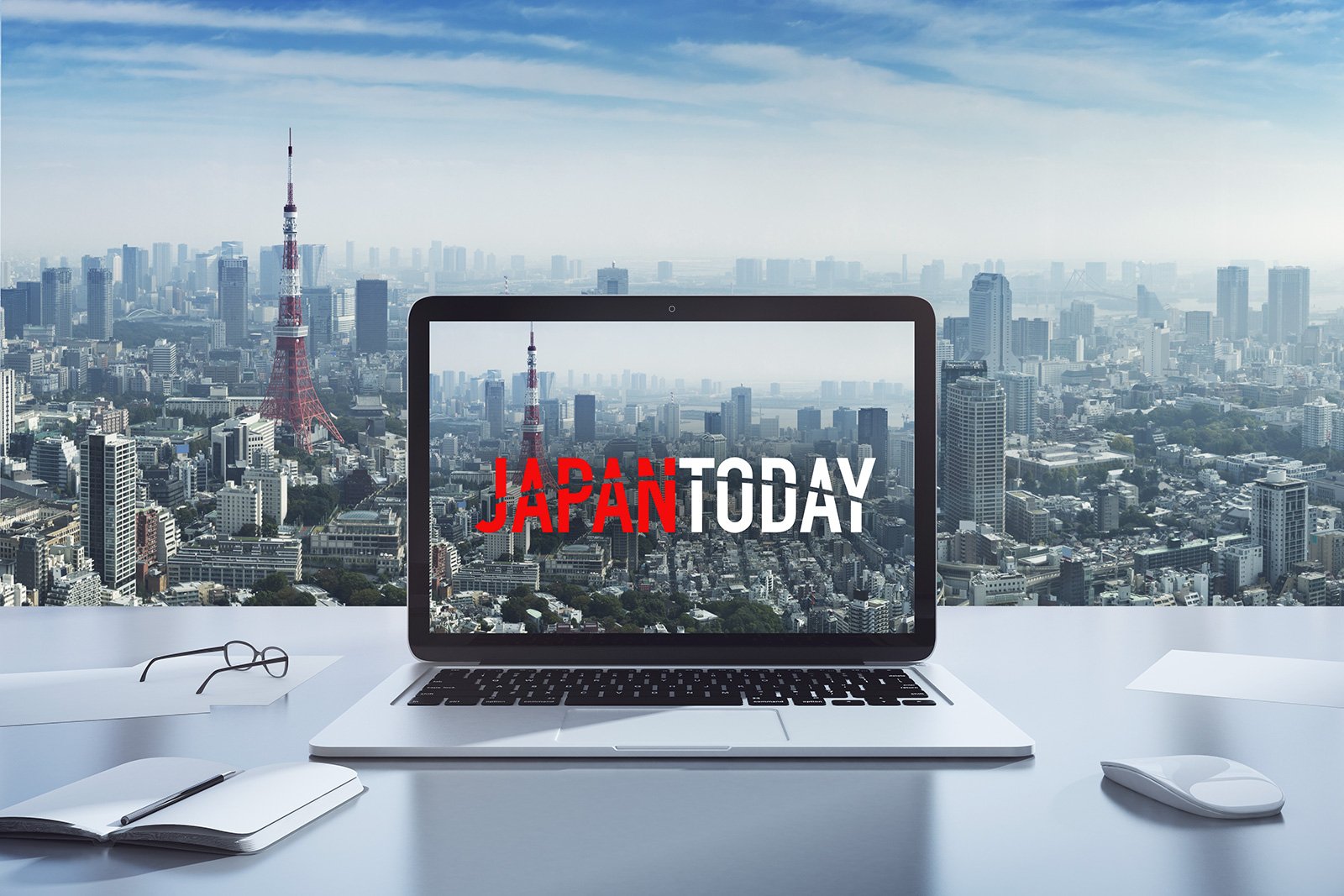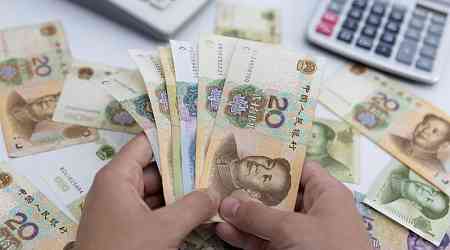As fewer survivors remain to tell their stories of the devastation wrought by the two atomic bombs dropped on Japan at the end of World War II, a younger generation has been turning to new technologies to convey something of the survivors' lived realities, determined that they should not be lost.
In the western Japanese city of Hiroshima, hit by a U.S. atomic bomb on Aug 6, 1945, a travel company has been operating a unique tour utilizing virtual reality headsets to provide visitors with an immersive window into the past.
The 80-minute tour by Tabimachi-Gate Hiroshima Co., available in English as well as Japanese, takes visitors around key areas in the Hiroshima Peace Memorial Park near the hypocenter of the bomb.
The images begin with the city before the bomb was dropped, and, after showing its immediate impact, present glimpses through the decades leading to the city's current state.
"As the number of atomic bomb survivors dwindles, I think it is our generation's duty to be aware of the reality of the bombings and to make an effort to pass it down," said Momoka Masushige, who is responsible for the VR tour at the company.
"To be able to 'experience' the moment the bomb was dropped provides a vastly different experience from looking at pictures and documents," she said.
Nearly 80 years on since the U.S. atomic bombing of Hiroshima and Nagasaki in the closing days of World War II, Japan may soon be about enter an era without the voices of the survivors known as hibakusha and their passionate advocacy of nuclear abolition. Their population, which peaked at over 372,000, had fallen to 106,825 as of the end of March, with their average age exceeding 85, government data shows.
Even smaller is the number of those who speak publicly about their experiences. In Hiroshima, their total stood at just 32 in April, according to the Hiroshima Peace Memorial Museum, making how to pass down their stories an increasingly pressing issue.
Tabimachi-Gate Hiroshima first operated the so-called peace tours in the summer of 2020 and introduced virtual reality headsets the following year.
It uses images created based on the lived experiences of Eizo Nomura, who was the only survivor of the bombing inside a building that features in the tour just 170 meters from ground-zero, as well as photographs and material that documented the blast. Forty-seven at the time, he died in 1982.
The images have been updated since the tour's launch based on feedback from survivors, some of whom said the reality was even worse than that portrayed. They now show the burned-out remnants of the city under a blood-red sky and specks of ash, as well as survivors with their blast injuries and the dead.
But the company is keen to distance itself from the label of "dark tourism," which focuses on visits to places of death or tragedy, saying the tour also underscores a message of peace.
"We focused not just on the immediate effects of the atomic bomb but also on how the city has steadily built itself back up over the years," Masushige said.
A version that omits people from the landscape is available for students, as well as for adults who would like to opt out of the more visceral imagery.
Following the tour, participants gather at the Rest House, a former kimono store where Nomura survived, to reflect upon what they learned. One wall is covered with their post-it notes that wish for peace in multiple languages.
Some of those are from hibakusha themselves who have taken the tour. "A bright future for the children," one says.
"It's not something you can experience every day, so we hope it provides an opportunity to think deeply about peace," Masushige said.
The reservation-based tours cost 3,500 yen ($24) per adult and 1,000 yen for a child between the ages of 6 and 11. The agency holds about 100 headsets with 20 guides.























